![]() Per la versione in Italiano: https://www.stradeeautostrade.it/incontri-e-interviste/matts-ake-belin-luomo-che-fa-della-sicurezza-la-sua-visione/
Per la versione in Italiano: https://www.stradeeautostrade.it/incontri-e-interviste/matts-ake-belin-luomo-che-fa-della-sicurezza-la-sua-visione/
On November 16, 2020, our Editorial Staff attended the Webinar – organized online due to Covid-19 pandemic – “Sicurezza stradale: Obiettivo zero vittime”, the third event of a cycle dedicated to the various specialist sectors of the world of roads and road safety.
The problem of safety was obviously the purpose of the discussions of the Speakers of the event, organized by ANAS SpA (Gruppo FS Italiane) in collaboration with PIARC Italia (World Road Association).
For that occasion, “Strade & Autostrade” appreciated – among others – the crucial message left by Dr. Matts-Åke Belin, Director of the Vision Zero Academy at the Swedish Transport Administration.
Road accidents with fatalities represent a serious public health problem worldwide: the WHO (World Health Organization) has in fact estimated that 1.35 million people die every year in road accidents, which represents the eighth reason of mortality. Among young people between five and 29, road accidents are – worldwide – the leading reason of mortality.
In the past, it was thought that dying in a car accident was almost a fatality and that you could do not so much for it: it depended a little on us, as a person, to do our best to survive in a dangerous situation. Even if it was not explicitly specified, the idea was that fatalities had to be accepted and that this was the price to pay for mobility.
At a certain point, however, many countries began to think that something had to be done to find a solution; although it was thought that the risk could not be completely eliminated, gradually mitigating it would have been a good result: it was no longer acceptable for people to be killed or seriously injured when walking down the road.
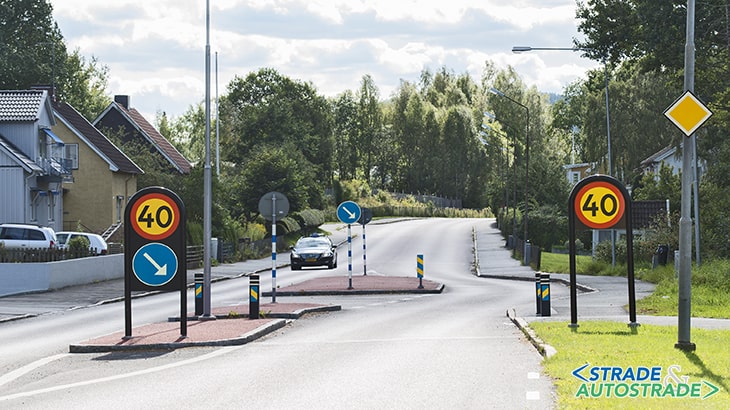
Consequently, the Swedish Parliament was in fact the first in the world to face actively and explicitly the problem by adopting, in 1997, the “Vision Zero” project.
When “Vision Zero” was launched, Sweden recorded a death rate of seven victims per 100,000 inhabitants: in 20 years, the index has dropped to two victims per 100,000 inhabitants.
We are therefore witnessing the spread of “Vision Zero” throughout the world, both as a policy and as a strategy, and there is a perceived innovative desire to react.
Moreover, the final declaration of the Third Ministerial World Conference organized in Stockholm in February 2020 mentions “Vision Zero”, promoting this approach to road safety.
During this meeting, which saw the fundamental topic that is also essential for “S&A”, we decided to deepen the discussion directly with Matts-Åke Belin, Director of the “Vision Zero Academy” at the Swedish Transport Administration.
The Academy, which is a global knowledge Center with the general purpose of spreading the knowledge of “Vision Zero”, supports and collaborates with various stakeholders around the world for safe road transport systems.
“Strade & Autostrade”: “How would you explain the essence of the “Vision Zero (VZ) Strategy” to our readers?”.
“Matts-Åke Belin”: “Vision Zero was adopted by the Swedish parliament in 1997 as a new long term goal for road safety. Next year we will celebrate 25th anniversary. In a nutshell, “Vision Zero” is an ethical imperative which firmly states that we cannot accept people getting killed and seriously injured when moving from A to B.
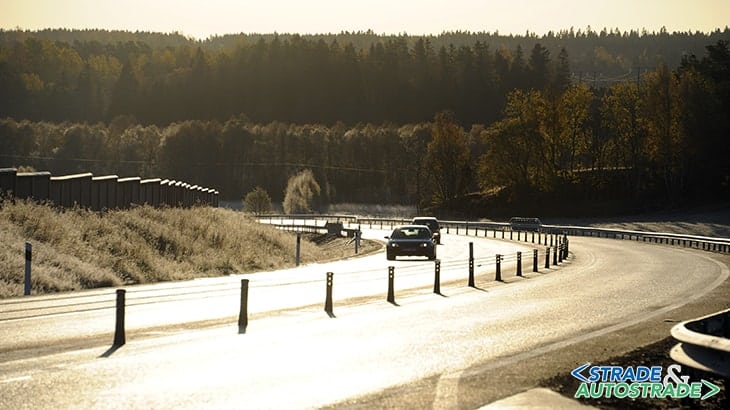
Vision Zero is also a new road safety strategy that differ from a more traditional approach to road safety. According to Vision Zero, fatalities and seriously injured are caused by system failures rather than by individual road users’ lack of capability and willingness.
Humans will always make mistakes and instead of aiming to create perfect humans being which always will do the right thing, the road system has to compensate for peoples shortcomings.
Therefore, according to Vision Zero, the ultimately reasonability for the level of safety is put on all those who professionally has an impact on the design, maintenance and the use of the road transport system.
Of course the individual road users still have a responsibility for their behavior, but if fatalities and serious injuries still occur the safety responsibility goes back to all professionals to introduce further support for the road users”.
“S&A”: “What was the main tool that allowed “Vision Zero Strategy” to drastically reduce deaths from road accidents in 20 years?”.
“MAB”: “In order to achieve a safe system you need to control for harmful energy. Humans have a certain tolerance against kinetic energy and the main task for us as professionals are therefore to make sure that road user are not exposed to harmful energy levels.
Based on this Sweden has implemented several new countermeasures such as 2+1 roads with middle barriers on a large proportion of our rural network, traffic calming interventions in urban areas, speed limit reductions both in urban and rural areas, road safety cameras in order to support speed compliance. Vehicle technology to support and compensate for human shortcomings.
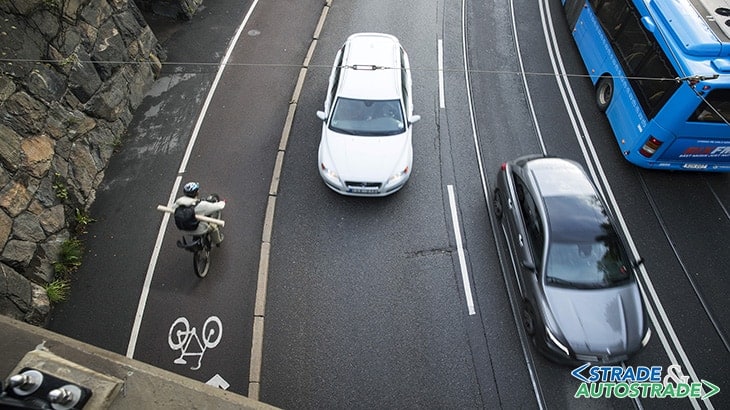
When Sweden started its Vision Zero programme the number of fatalities was about seven fatalities per 100.000 inhabitants and in 2020 it had decreased below two (2.0), with other words an over 70% reduction”.
“S&A”: “In Sweden, working in a safe environment is part of the culture: aren’t you afraid that it might be more difficult to introduce the concept of VZ in other Countries?”
“MAB”: “It is true that safety is highly valued in our society but I think that is true in all communities. Nobody want to lose their life or their loved ones or get permanently disabled due to a road crash. Therefore Vision Zero is spreading around the world in a fast pace”.
“S&A”: “Could the “30 km/hour zone” already in use in many Italian Municipalities be a sufficient contribution to “Vision Zero”?”.
“MAB”: “Yes but you need to make sure that you don’t have higher speed than 30 in all areas/intersections where you mix protected and unprotected road users. In situations where you have conflicts between cars and pedestrians/cyclist the unprotected road users’ demand for safety should have first priority”.
“S&A”: “The trend is to create cycle paths simply by painting a yellow stripe by the side of the carriageway, while also claiming to obtain lower driving speeds (due to the smaller section of the carriageway itself): in your opinion, is this a realistic and sustainable solution?”.
“MAB”: “Yes, according to the road safety handbook, probably the most important collected works of knowledge in the field of road safety, https://books.google.se/books/about/The_Handbook_of_Road_Safety_Measures.html?id=JuTAZmIseeAC&redir_esc=y the Norwegian updated version https://www.tshandbok.no/del-2/1-vegutforming-og-vegutstyr/doc617/ it seems that all injuries are reduce by -22% and yes if the design is appropriate you will also get lower speed on motor vehicles”.
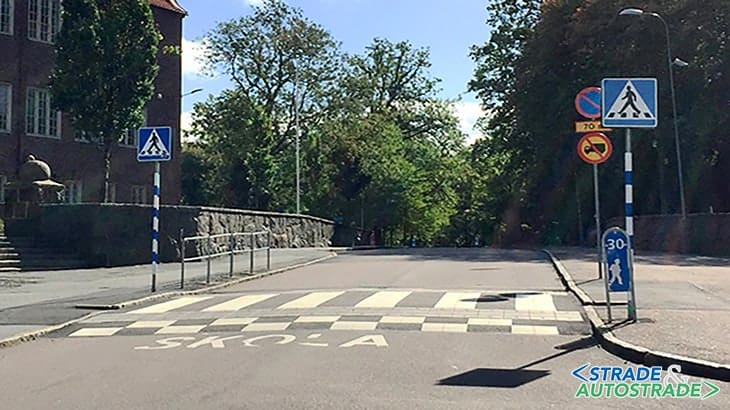
“S&A”: “Referring back to the previous question, do you think there may be a risk of slipping towards demagoguery and consequently losing sight of the main goal?”.
“MAB”: “No but maybe someone who is not up to date on the effects of special bicycle lanes on the roads may think so”.
“S&A”: “An old saying claims “better safe than sorry”: could that be a slogan for “VZ”?”.
“MAB”: “We don’t want to use a slogan for the program “Vision Zero” since it is a long-term goal and a road safety strategy based on facts”.
“S&A”: “Human factor is one of the main causes of road accidents and the numbers are constantly growing (e.g. due to the use of mobile phones and other devices while driving): what could be done to prevent it?”.
“MAB”: “It is true that human factors is the main cause of road accidents but it is not the main cause to fatalities and serious injuries. It is how we design our system that determines whether human error should end up in catastrophes or not. For example, why can you as an individual text while driving in speeds over 30 km? Why doesn’t your phone shut down the texting function? It is possible from a technology point of view”.
“S&A”: “All men make mistakes, but they can also be misled: how important is it to use road signs which are in compliance with the Road Code and are well maintained?”.
“MAB”: “If it works it is fine. If it doesn’t work, it is only for us system Designers to go back to the drawing board”.
“S&A”: “Imposing speed limits is not enough: they must also be respected. Beside speeding tickets, what else could be done on project level?”.
“MAB”: “Sweden has one of the largest traffic safety camera programmes in the world per capita but we are fining very few. Why? Because the cameras themselves nudge people to comply with the speed limits.
On those stretches were we have set up cameras the speed compliance increase from 50 to 90%. Also in environments with traffic calming speed bumps among other solutions the speed compliance is much higher. The next step for us is to promote the use of intelligent speed adaptions system in vehicles”.
“S&A”: “In your opinion, could stricter traffic Laws help achieve the goal of halving the number of deaths by 2030?”.
“MAB”: “Yes, it might help to make it a little bit better; but in a Vision Zero policy framework that is not a long term sustainable solution”.
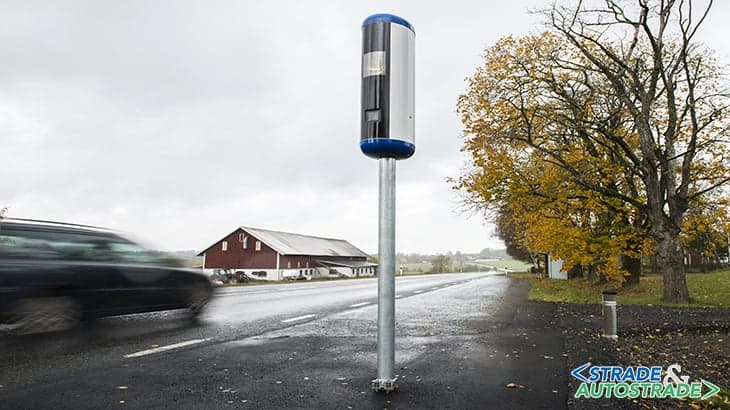
“S&A”: “Could it be favorable to include rewards and prizes in the Tender Notices in order to boost the research of more pro-VZ solutions?”.
“MAB”: “This is definitely one of the most promising ways forward to increase safety. Not only as rewards and prizes but in the ordinary procurement processes. It is due to procurement processes that 90% of all school buses/taxis have installed Alco locks in Sweden (municipalities procure these sorts of transports from transport Companies)”.
“S&A”: “There are many people working in the road sector (consider, for example, road signs, asphalts, law enforcement…): is there a strategy to protect these professional figures as well as road users?”.
“MAB”: “Yes and they are a vulnerable group. Therefore you need to prioritize their need of safety through controlling for harmful energy. Barriers and speed reduction interventions are paramount”.
“S&A”: “Which kind of advice would you give to an italian Road Administrator?”.
“MAB”: “Many. First of all road authorities are the most important stakeholders in Vision Zero. Secondly, through the design of the environment, the road administration ultimately control the basic safety conditions for vehicles and road users. Thirdly, due to their capacity and role, they are also the most important system integrator.
That will be especially important now in the process of digitalization of the road transport system. Road administrators are also important as purchasers of transport and through its employee’s use of the road transport system. Road administrations should adopt strong safety policies for their Contractors and for their own Staff”.
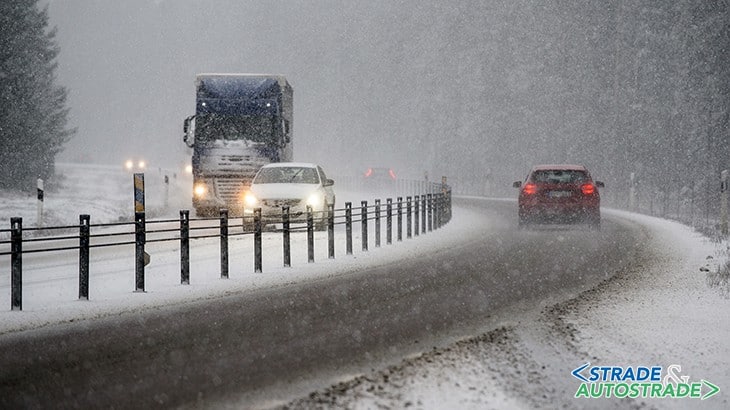
There is still a long road ahead for Italy: not taking into consideration year 2020 – which inevitably revealed a drastic decrease in accidents due to the reduced number of vehicles in circulation during the pandemic by Covid-19 -, according to the latest ISTAT report, in 2019 there were 172,183 road accidents with injuries to people, a slight decrease compared to 2018 (−0.2%), with 3,173 victims and 241,384 injured.
Among the main causes of accidents, there are distracted driving, excess speed and failure to respect the safety distance. However, the primary goal remains reducing by 50% road accidents by 2030 and, nevertheless, the maximum aspiration of the “zero casualties”.
The approach with which we must move is to make the road a “safe environment” either for the design and maintenance characteristics or for the habits of those who attend.
Curriculum of Matts-Åke Belin
Dr. Matts-Åke Belin has over 30 years of experience within the Swedish Government primarily worked with overall safety policies, strategies and collaboration with different stakeholders. In 2007-2009, Dr. Belin worked for World Health Organization in Geneva where he participated in the development of global road safety strategies and global partnerships.
Dr. Belin has also chaired the technical committee 3.1 on National Road Safety Policies and Programme, World Road Association and served as the international representative at the US Transportation Research Board (TRB) standing committee ANB 10 Transportation Safety Management.
Dr. Belin is also the Swedish delegate in UN Road Safety Collaboration and he has served as national and international senior policy adviser and supported different Vision Zero initiatives around the world. Dr. Belin was also deeply involved in the preparation and organization of 3rd Global Ministerial Conference on Road Safety in Stockholm February 2020.
Currently, Dr. Belin is Director of Vision Zero Academy at the Swedish Transport Administration.
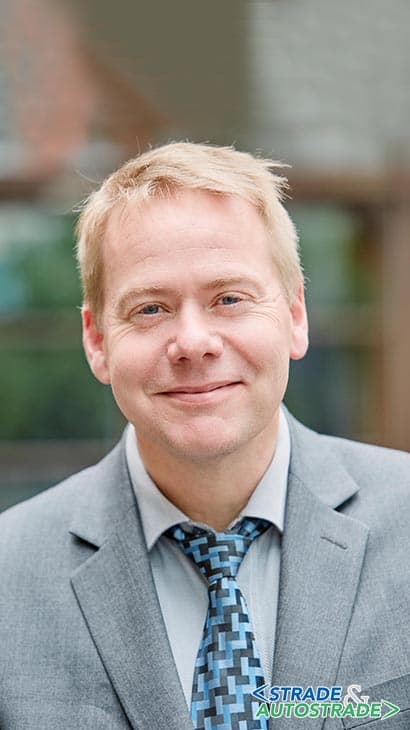
Parallel with his work within the Swedish Government, Dr. Belin also has an academic carrier. Matts-Åke Belin has a PhD in public health policy from Karolinska Institute in Stockholm, Sweden. He is also affiliated with KTH Royal Technology Institute, in Stockholm, where he is serving as an adjunct professor on traffic safety.
Dr. Belin is also responsible for a research program funded by the Swedish Transport Administration, in order to promote research in policy, implementation and innovation within the transport sector with focus on Vision Zero.
![]() Per la versione in Italiano: https://www.stradeeautostrade.it/incontri-e-interviste/matts-ake-belin-luomo-che-fa-della-sicurezza-la-sua-visione/
Per la versione in Italiano: https://www.stradeeautostrade.it/incontri-e-interviste/matts-ake-belin-luomo-che-fa-della-sicurezza-la-sua-visione/

